Learn
Our resources about evidence-based and emerging best practices in rural communities include webinars, toolkits, links to helpful sites, and more.
Image
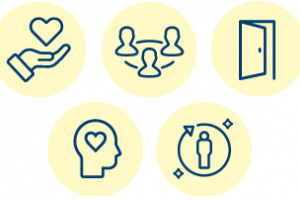
Ecosystem of Recovery
The Ecosystem of Recovery reflects the approach we are using in the Appalachian region of New York State to create broader access to and community-wide support for evidence-based and emerging best practices in opioid use disorder (OUD) treatment. This approach may be a helpful framework for other rural communities on this journey.
Image
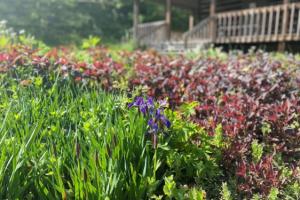
Transitions Clinic Network Programs
Transitions Clinic Network (TCN) programs address the high rates of overdose mortality among people recently released from incarceration and other health risks and challenges these individuals face. A primary care practice that implements a TCN program provides patients with care for chronic health conditions including substance use disorder upon release. It adds a community health worker with a history of incarceration who connects with patients before release, helps them navigate services in the community, and provides warm handoffs.
Image
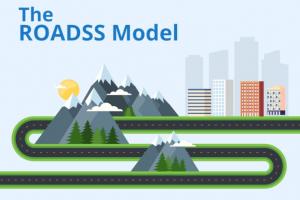
Removing Barriers on the Road to Recovery
For people with substance use disorder, the road to recovery can be long and hard. In rural communities, where rates of overdose mortality have increased at higher rates than in urban areas, limited access to treatment makes the journey even harder. The ROADSS program, introduced here in a video, addresses that disparity by bringing treatment and resources closer to home.
Image

Behavioral Health Assessment Officers
This webinar focuses on the Behavioral Health Assessment Officer (BHAO) model to increase access to mental health and substance use disorder care in rural communities. A BHAO is a licensed behavioral health provider working in a rural emergency department, who evaluates and manages care for patients identified at screening to have behavioral health concerns.
Image
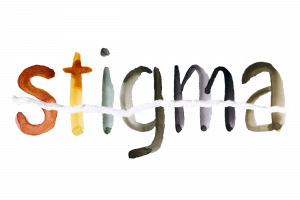
A Campaign to Reduce Stigma
Research shows that stigmatizing beliefs around substance use disorder (SUD) can be reduced by bringing people into contact with a person who has the stigmatized medical condition and educating them about effective treatments and the potential for recovery. This campaign applies those strategies through art and community workshops.
Image
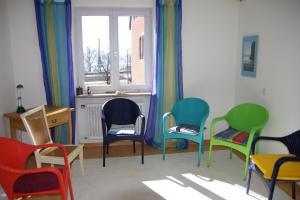
‘We’re Not Alone’: Preserving Group Therapy through Videoconferencing during COVID-19
When the coronavirus surged in March 2020, Strong Recovery in Western New York made the tough, but necessary call to suspend their in-person groups for individuals with substance use disorder. They rapidly converted to video-based group therapy in April to continue providing this important service—the “heart and soul of our program.” Online groups have created new opportunities to connect with patients and will carry on after the pandemic.
Image
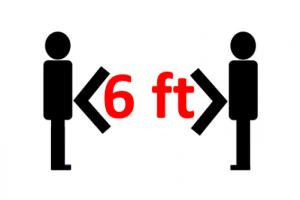
Making Space for Social Distance: Adapting Opioid Treatment Programs (OTPs) to COVID-19
In this webinar, Patrick Seche and Itza Morales-Torres of Strong Recovery will discuss the steps they are taking to adapt substance use disorder (SUD) programs as quickly as possible in response to the COVID-19 crisis. They will give an overview of new federal and state regulations and discuss changes they are implementing such as social distancing and telehealth.